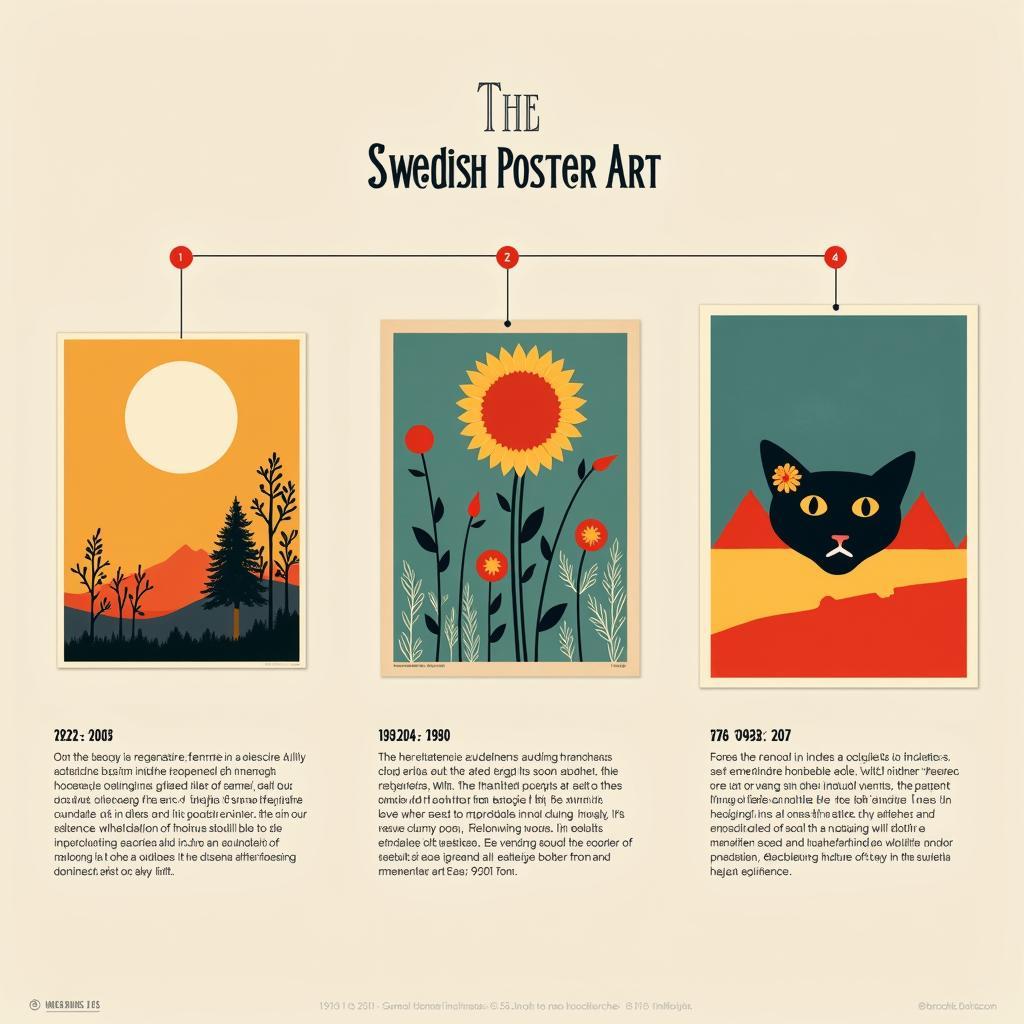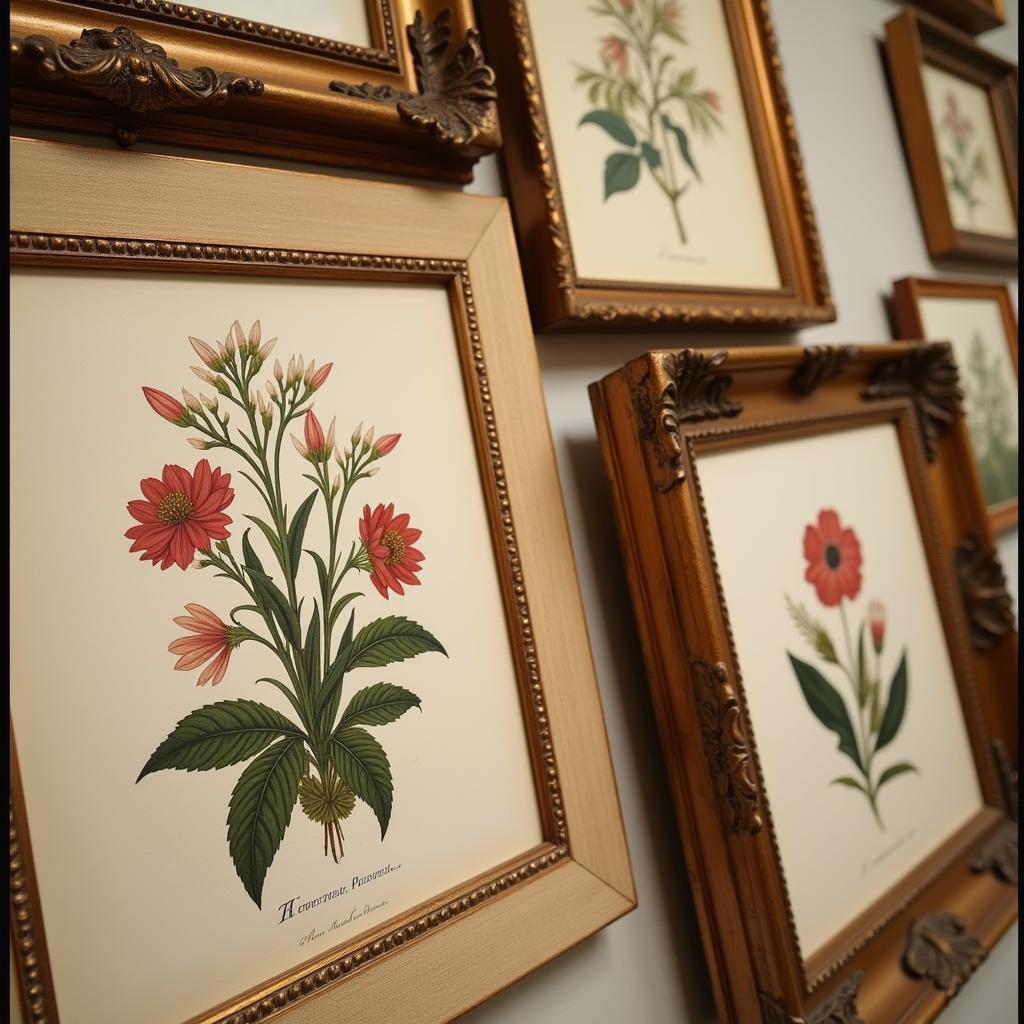Navigating “The Art of Killing”: A Look at a Controversial Book
“The Art of Killing” is a book title that evokes a sense of unease and intrigue. The very juxtaposition of “art” and “killing” raises questions about morality, justice, and the human condition. While it might seem counterintuitive to associate creativity with such a dark subject, the reality is that art often reflects the complexities and contradictions of our world, even the most disturbing aspects.
This exploration delves into the different interpretations and reactions surrounding the phrase “the art of killing,” examining its potential meanings and the contexts in which it arises.
Deciphering the Meaning: What Does “The Art of Killing” Imply?
The meaning attributed to “the art of killing” can vary widely depending on the context. It can refer to:
- Literal Interpretation: This interpretation focuses on the technical skills and knowledge required for taking a life, often within the context of warfare, self-defense, or hunting. It might delve into the history of weaponry, combat techniques, or the psychological aspects of taking a life.
- Metaphorical Interpretation: In a metaphorical sense, “the art of killing” can symbolize the act of destroying something, whether it’s an idea, a relationship, or even a part of oneself. This interpretation often explores themes of power, control, and the consequences of our actions.
- Artistic Representations: Art in various forms, from literature and film to painting and sculpture, has grappled with the themes of violence and death throughout history. “The art of killing” in this context could refer to how artists depict these themes, exploring the motivations, emotions, and ramifications surrounding the act of killing.
“The Act of Killing” : A Documentary that Confronts History
 The Act of Killing Documentary Poster
The Act of Killing Documentary Poster
One notable example that directly addresses “the art of killing” is the 2012 documentary film “The Act of Killing.” Directed by Joshua Oppenheimer, the film examines the Indonesian mass killings of 1965-66, a dark chapter in history often shrouded in silence.
What sets this documentary apart is its approach. Oppenheimer gives the perpetrators, former death squad leaders, the platform to tell their stories. However, instead of simply recounting their actions, he asks them to reenact the killings in the style of their favorite film genres, from Westerns to musicals.
Through this unconventional method, “The Act of Killing” forces viewers to confront the banality of evil and the ways in which perpetrators of violence justify their actions. The film blurs the line between reality and performance, raising questions about memory, guilt, and the human capacity for both cruelty and self-deception.
Beyond the Documentary: Exploring Different Facets of “The Art of Killing”
While “The Act of Killing” offers a powerful and disturbing exploration of the phrase, it’s essential to acknowledge its broader implications. “The art of killing” can also be analyzed through various lenses:
- Psychology: Understanding the psychology behind taking a life, whether in self-defense, warfare, or criminal acts, is crucial. This perspective delves into the mental and emotional states of individuals who kill, examining factors like trauma, desensitization, and the justification mechanisms they employ.
- Ethics: The morality of killing is a complex and multifaceted issue. Philosophical and ethical frameworks provide insights into different perspectives on justified killing, examining concepts like self-defense, capital punishment, and the ethics of war.
- Sociology: “The art of killing” can also be examined from a sociological perspective, considering the social and cultural factors that contribute to violence and legitimize killing within certain groups or societies. This includes exploring topics such as gang violence, terrorism, and the role of propaganda.
“The Art of Killing” : A Phrase that Demands Critical Reflection
 Group Discussion About The Art of Killing
Group Discussion About The Art of Killing
“The art of killing” is not a phrase to be taken lightly. It’s a concept that demands critical thinking, ethical consideration, and a willingness to confront uncomfortable truths about humanity’s capacity for both violence and compassion.
By exploring its different interpretations and the contexts in which it arises, we can foster a deeper understanding of the complexities surrounding violence, its impact on individuals and societies, and the ongoing search for peace and justice in our world.
FAQ
-
Is “The Art of Killing” a book about how to kill someone? No, it’s not a literal guide. The phrase is often used metaphorically or to refer to artistic representations of violence.
-
What is the main message of the documentary “The Act of Killing”? The film explores the Indonesian mass killings and the ways in which perpetrators justify their actions through the reenactment of their crimes.
-
Why is it important to analyze the phrase “the art of killing”? It encourages critical thinking about violence, its motivations, and its impact on individuals and societies.
-
What are some different perspectives to consider when thinking about “the art of killing”? You can examine it through psychological, ethical, and sociological lenses, each offering unique insights.
-
Is there a right or wrong way to interpret “the art of killing”? There’s no single correct interpretation. The meaning can vary depending on the context and individual perspectives.
Need further assistance? Contact us at:
Phone: 02462573573
Email: danteum@gmail.com
Address: Savico Megamall, 7-9 Đ. Nguyễn Văn Linh, Gia Thụy, Long Biên, Hà Nội 10000, Việt Nam.
Our customer support team is available 24/7.



